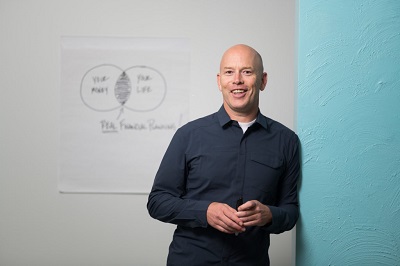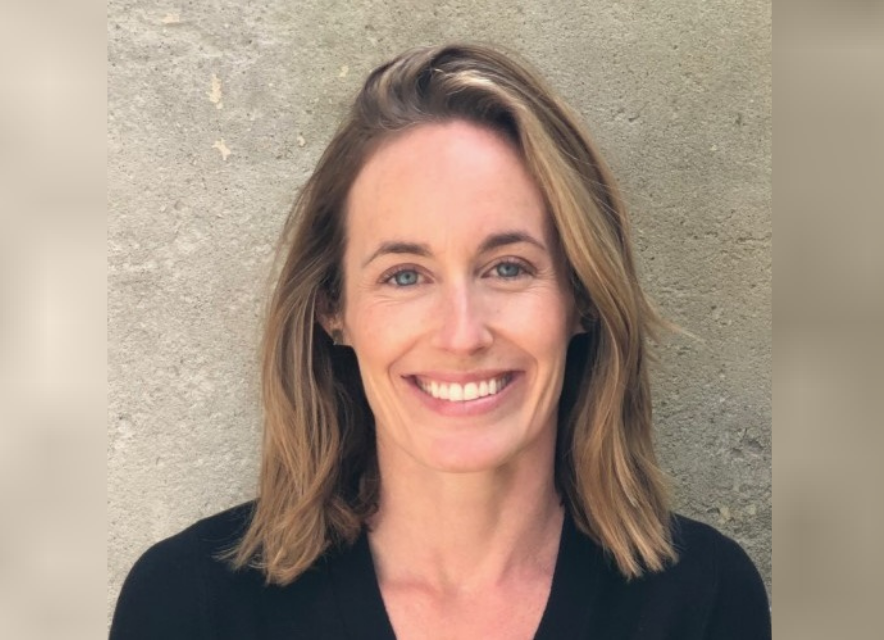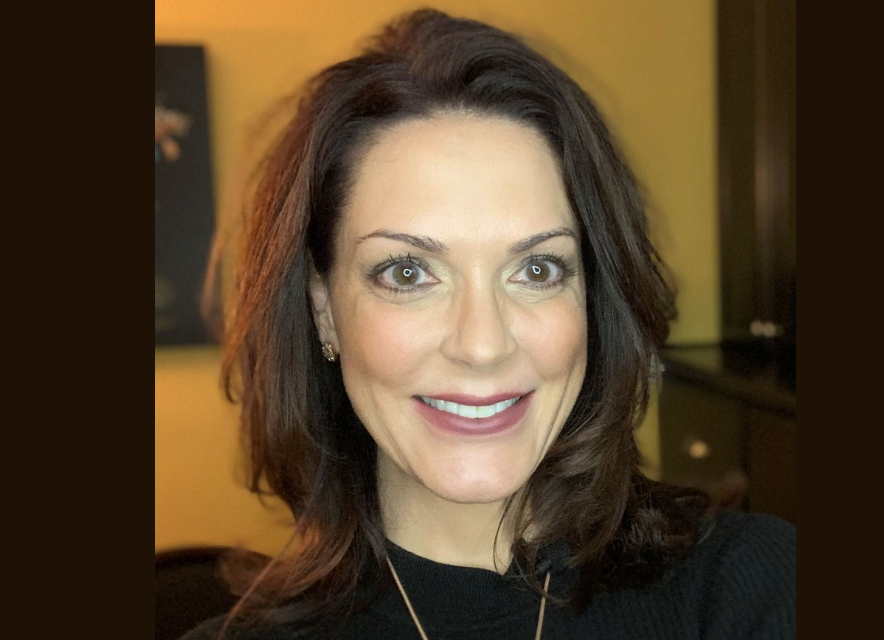Podcast: Play in new window | Download
Subscribe: RSS
Carl Richards is a Certified Financial Planner and creator of the Sketch Guy column, appearing weekly in The New York Times since 2010. Carl is a frequent keynote speaker at financial planning conferences around the world. Through his simple sketches, Carl makes complex financial concepts easy to understand. His sketches also serve as the foundation for his two books, The One-Page Financial Plan: A Simple Way to Be Smart About Your Money and The Behavior Gap: Simple Ways to Stop Doing Dumb Things with Money.
We examine the idea of “real financial planning”, redefining the advisory role as a guide as well as insights on having deeper client conversations.
Take away quote:
“We have to get better playing righteous tricks… Tricks in service of the client.“
Links:
Website: https://behaviorgap.com/
LinkedIn: https://www.linkedin.com/in/thinkingcarl
Twitter: https://twitter.com/behaviorgap
Want more?
Stephen Wershing: http://advisorchecklist.com/blog/
Julie Littlechild: http://www.absoluteengagement.com/blog
Learn about the Referral Activator Program
Episode Transcript:
Read More
Julie Littlechild:
Welcome to Becoming Referable, the podcast that helps you become the kind of advisor people can’t help talking about. I’m Julie Littlechild, and today, Steve and I are thrilled to be speaking with Carl Richards. Now this feels like one of those this man needs no introduction moments, but it only seems right to provide one.
Julie Littlechild:
Carl is a certified financial planner and the creator of the Sketch Guy column that has appeared weekly in the New York Times since 2010. I happen to believe that a big part of Carl’s success is his uncanny ability to make complex financial concepts easy to understand. You see that in his presentations and in his two books The One Page Financial Plan: A Simple Way To Be Smart About Your Money and The Behavior Gap: Simple Ways To Stop Doing Dumb Things with Money. You’ll hear that ability in our conversation today, which focuses on the concept of real financial planning and helps I think to redefine your role as a financial advisor.
Julie Littlechild:
We tackle how to have deeper conversations and when to exercise caution. We discuss the idea that certainty is a myth and that your primary role is to guide clients to the next best step in their journey. I really believe that you’ll walk away from this episode with not only new insights but a sense of relief and confidence. With that, let’s jump straight into our conversation with Carl.
Julie Littlechild:
So Carl, welcome to the show. So happy to have you here.
Steve Wershing:
Yeah, welcome, Carl.
Carl Richards:
Thank you, Julie and Steve. It’s super fun to be here.
Julie Littlechild:
So people know you for all sorts of reasons. You’ve been out there talking in the industry for a long time, but I know I really wanted to understand more about the work you’ve been doing around real financial planning. This concept of real financial planning. There’s some interesting stuff there with you talking about what that even means and what you’re supposed to call it. So why don’t we just start there. How would you actually describe this idea of real financial planning? And then we can get into some of the detail.
Carl Richards:
Yeah, I’d love to. But first, I would love to know, Julie, how would you describe real financial planning?
Julie Littlechild:
I’ve had the benefit of listening to you talk about it previously. Well, here’s what I can tell you, and this is, in fairness, in the context of having heard you talk about it because I might have used some different terminology. But as you talked about it, what came to me is what is lacking in the way most people describe financial planning. In particular around the essence of planning needing to start with where people are trying to get and this idea of goal setting. I’ve always felt that that was incredibly difficult thing for some people to do. The whole idea of having goals was provocative or difficult or they grew up not setting goals and it felt wrong.
Julie Littlechild:
You actually address that. So I began to think more and more about the notion of financial planning as starting with what you call purpose, and I thought it was just a fascinating way to talk about this. It made sense.
Carl Richards:
Yeah. No, it’s been a fun journey. Thanks for that. I was curious how you would approach it because the reason I ask that question is because this started in a… It was at, what did we use to call that? FPA Retreat. FPA Retreat. I was on a panel with Michael Kitces and Tim Maurer, and I was bemoaning this juxtaposition that I was seeing at the time between the work that I hope I was doing but certainly I was seeing my colleagues do and what was being talked about in the press. This huge gulf between it was sort of mini-Madoff and all of that stuff going on. Then I was seeing my colleagues save people’s lives is what it felt like to me. I would describe that to journalist friends, and I remember a specific conversation with somebody at the time, the New York Times, where I was like, “No, no, no, no. There’s real…” They literally looked at me like the butcher, the baker, the candlestick maker. Like it was a fairytale. That’s a cute story, Carl. I was like, “No, there’s real…”
Carl Richards:
So at that conference, at retreat, I said, “It’s like there’s a secret society of real financial planners.” That’s where I first said it, and then you know how at retreat they used to do these self-forming meetings. There was time under the tree-
Julie Littlechild:
Under the trees, yeah. Mm-hmm (affirmative).
Carl Richards:
I looked at the agenda later in the day, and there as an agenda that said, “Real financial planning. What is it?” I went, and there were all these luminaries, like the grandfathers and grandmothers of financial planning were around this table. And we were all looking at each other saying, “What does that mean?” That was a fascinating thing to me to be like in the industry with the people saying what does it mean.
Carl Richards:
So I think if we have a hard time, the people… I’m pointing out the window. The people out there have no clue. It becomes a little bit like the Supreme Court’s definition of pornography. I couldn’t describe it, but I know it when I see it.
Julie Littlechild:
You know it when you see it.
Steve Wershing:
Right, exactly. Exactly.
Carl Richards:
Right? So that’s kind of where I’m coming from this is we got to get better language around it. First, we got to pull… I mean, probably most of the people who are listening to this engage in the practice that I think of real planning. But the people who are listening to this are a very, very small percentage of the whole industry. So we first we got to pull a bunch of the industry this direction, and then second we have to figure out how to talk about it.
Julie Littlechild:
Yeah.
Steve Wershing:
Yeah, I think that’s such a great point, Carl, because I want to just really highlight something that you said. That if we can’t explain it, then how is the public ever going to hope to understand it? Julie and I see that all across the whole spectrum. We talk a lot about it in terms of value proposition. If you can’t explain what your value is, how will you attract people who are interested in it? But I think you’re totally right. And unfortunately what a lot of it ends up coming down to is investments because that’s the one thing that everybody talks about that everybody can understand. So I think there’s a huge need for talking about what’s the value here? Because it’s not investment management. So how do we talk about what this thing is? So what were some of the conclusions from that under the tree conversation?
Carl Richards:
Well, I don’t know. I was listening, and then somebody said, “Well, Carl, you’re the one that said it.” I was like, “I don’t know.” But my early definition was be somebody I would send my mom to. That was my early definition. And I want to get back to what you said, but let me just finish that thought real quick. Ron Lieber and I talked about writing a column. Maybe once a year we had this conversation where we’re like, “Let’s write a column about how to hire a planner.” Ron actually did it, and he used the column to hire his planner. So he said, “I’m going to go hire and I’m going to use the column to hire it.” Then I can’t remember how long later it was. I think it was like 18 months later, he got a letter from the regulatory body saying his planner was stealing money from little old ladies or something.







Leave A Comment